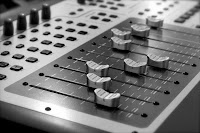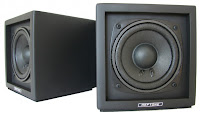There's been a lot of contradiction about those stats by various parties (check out this great article on Ars Technica), but the fact is that even the best estimate places the number at 8% less than 1999. Regardless of which figure you use, the fact of the matter is that as the recorded music sales drops, so does the job opportunities for musicians.
Surprised? You shouldn't be. It's hard out there on the streets of Music Land, and it's been so for a long time. Here's what musicians face these days:
- Paying gigs are harder to find because there are fewer venues.
- Many of the existing venues have instituted a pay-to-play format.
- Fewer record deals are available because there are fewer record labels and way fewer A&R talent scouts.
- The existing record labels only want to take a chance on a sure thing.
- The recording budgets are minuscule as compared to 10 years ago.
- The farm team system and student/mentor relationship of the pre-2000 days barely exists anymore in the music business.
This sounds like I'm down on the business and lamenting those "good old days" (that probably weren't all that good in retrospect), but I'm not. I happen to think that this is an exciting time in music. Here's why:
- The power to realize your creation is literally at your fingertips these days , and it's powerful and economical in an unprecedented way.
- The information on musicianship, recording and production abounds. From books and videos (like those from yours truly), websites, online forums and newsletters, you can find the answer to just about any question in almost a blink of an eye.
- The ability to release a product and get it into widespread distribution is cheaper and easier than ever before.
- The ability to promote yourself is cheaper and easier than ever before.
The fact is that we're in the middle of a revolution and just about no one can predict the outcome. Even though the recorded music segment of the business has shrunk by 55% since 1999, the global income from all facets of music is at al all-time high And you can bet that somewhere in the near future a new technology will be created that will help musicians more easily monetize their abilities. These things go in cycles, and we happen to be in a trough at the moment.
So hang tough, musos. Study and learn your craft and more about your branding and marketing, because better days are ahead.
----------------------------------
You should follow me on Twitter for daily news and updates on production and the music business.
Don't forget to check out my Music 3.0 blog for tips and tricks on navigating social media and the new music business.





